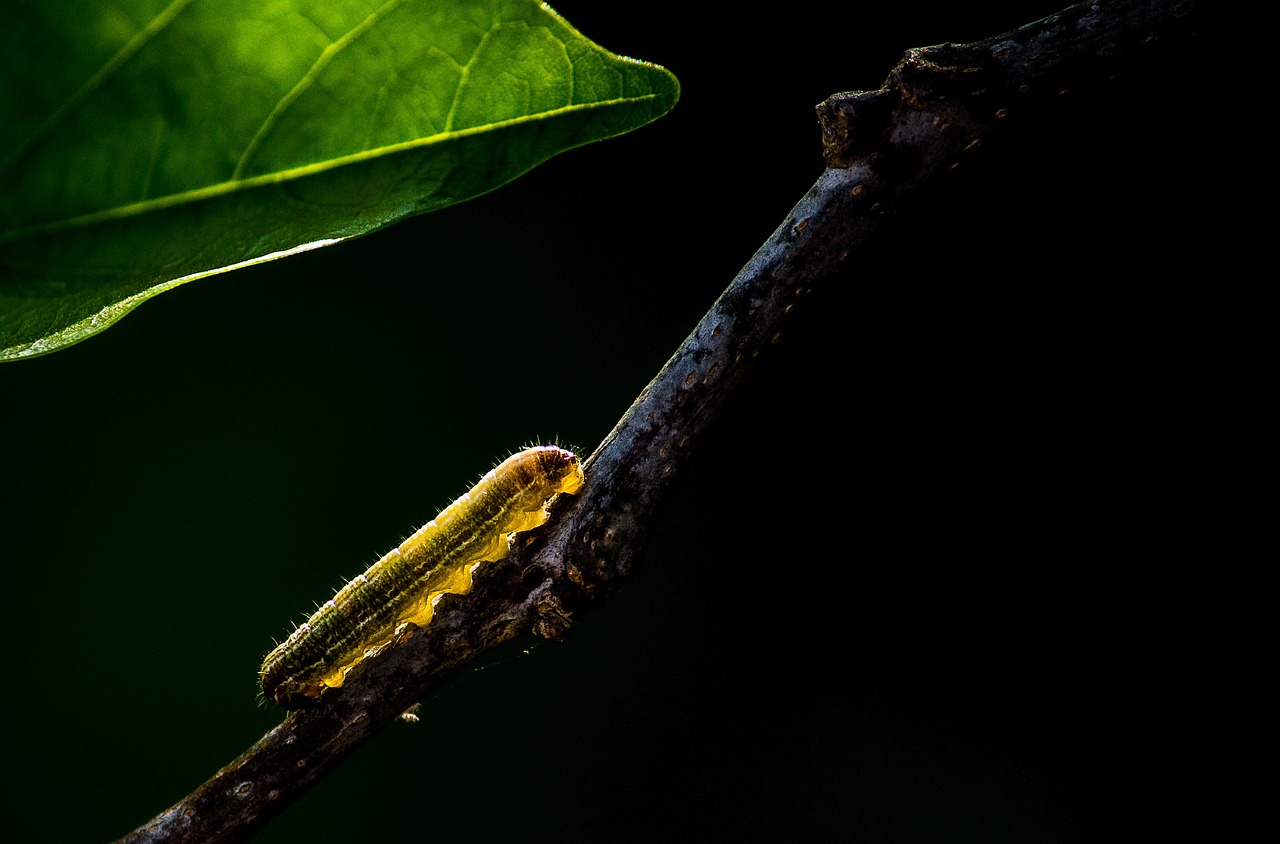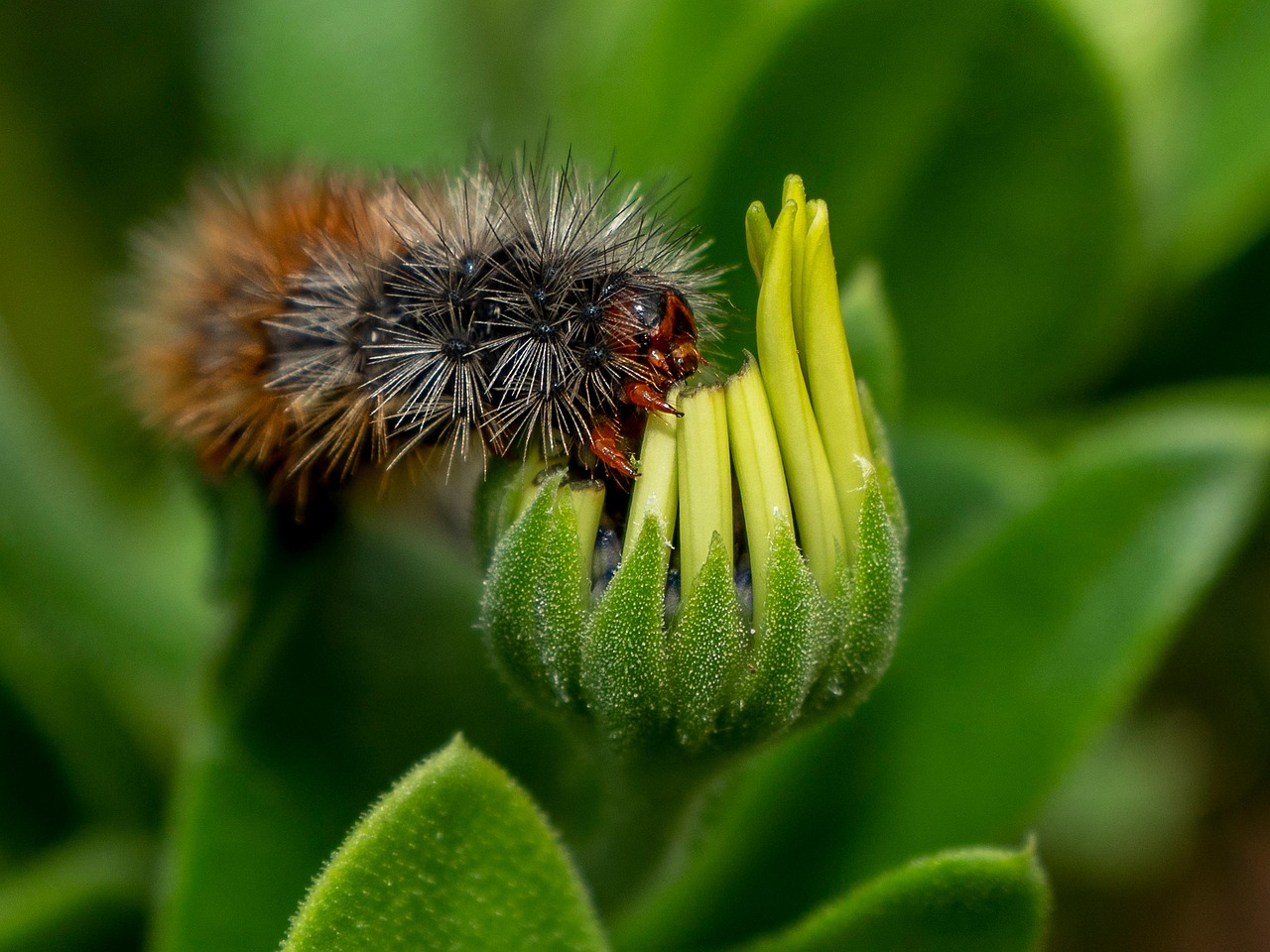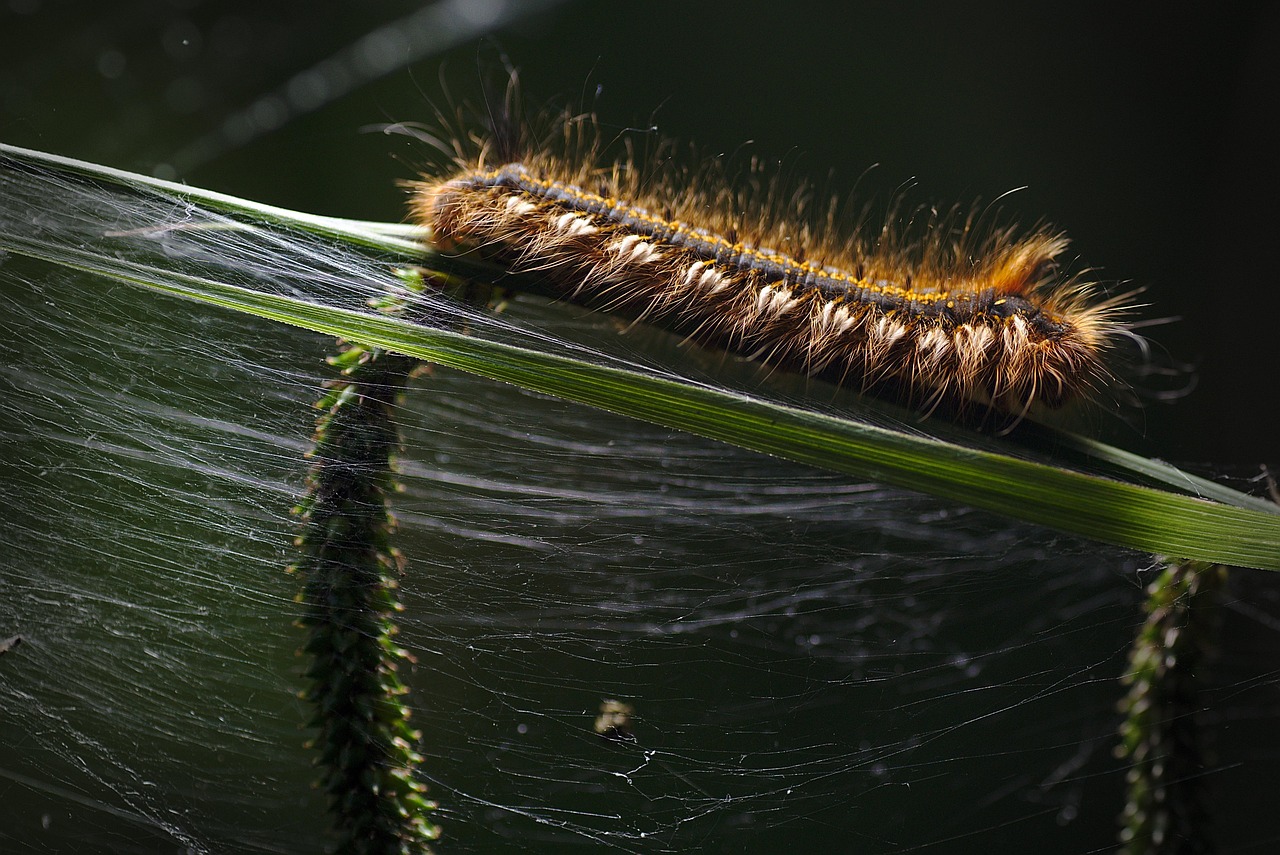Texas is home to a diverse array of caterpillar species that play vital roles in the ecosystem. From their striking colors to their unique life cycles, these crawlers are fascinating creatures. This article will explore the most notable caterpillars found across the Lone Star State.
Caterpillars are the larval stage of moths and butterflies, belonging to the order Lepidoptera. They undergo a remarkable transformation, eventually becoming beautiful winged insects. In Texas, the climate and varied habitats support a rich diversity of caterpillar species. These crawlers can be found in forests, grasslands, and even urban areas.

Understanding the different types of caterpillars is essential for both enthusiasts and researchers. Identification can be challenging due to the variety of appearances. Some caterpillars mimic leaves or twigs, while others display vibrant colors to ward off predators. This article aims to provide insights into some of the most common and intriguing caterpillars in Texas.
Common Caterpillar Species in Texas
Several species of caterpillars are frequently encountered in Texas. Each has unique characteristics that set them apart. Below are some notable examples:
| Caterpillar Species | Adult Stage | Host Plants | Distinctive Features |
|---|---|---|---|
| Black Swallowtail | Butterfly | Carrots, Dill, Parsley | Green with yellow and black bands |
| Giant Leopard Moth | Moth | Various Deciduous Trees | Spotted white and black appearance |
| Painted Lady | Butterfly | Thistles, Mallows, Sunflowers | Spiny, with orange and black color |
| Hickory Horned Devil | Moth | Hickory, Walnut, Pecan Trees | Large size with horn-like projections |
The table above highlights just a few of the many caterpillar species found in Texas. Each species has adapted to thrive in their specific environments, showcasing the adaptability of these larvae. The host plants listed are critical for their survival, providing food and shelter as they grow.
Caterpillars also have an essential role in the ecosystem as herbivores. They contribute to plant health by aiding in pollination. However, they are not without their challenges. Predators such as birds and insects often target these vulnerable larvae. Some caterpillar species have evolved fascinating defense mechanisms to escape predation.
For instance, many caterpillars exhibit aposematism, a form of warning coloration. This bright coloring signals potential dangers to predators, indicating that they may be toxic or unpalatable. Understanding these characteristics enhances our appreciation for the complexity of caterpillar life.
As you explore Texas’s landscapes, keep an eye out for these intriguing crawlers. Whether you are a nature enthusiast or simply curious about local wildlife, the caterpillars of Texas offer a unique glimpse into the natural world.
Life Cycle of Texas Caterpillars
The life cycle of caterpillars is a captivating process that involves several distinct stages. Understanding these stages provides insight into their biological development and the importance of each phase. The typical life cycle of a caterpillar consists of four primary stages: egg, larva (caterpillar), pupa (chrysalis), and adult.
1. Egg Stage
The journey begins when an adult butterfly or moth lays eggs on suitable host plants. The choice of plant is crucial, as the newly hatched caterpillars will rely on these plants for nourishment. The eggs are usually small and vary in shape and color depending on the species.
2. Larval Stage
Once the eggs hatch, the tiny caterpillars emerge. This larval stage is characterized by rapid growth as caterpillars feed voraciously on leaves. Some key points about this stage include:
- Growth Phases: Caterpillars undergo several molts, shedding their skin multiple times as they grow.
- Feeding Habits: They primarily consume foliage, which provides the nutrients necessary for their development.
- Defense Mechanisms: Many caterpillars utilize camouflage or toxic substances to deter predators during this vulnerable stage.
3. Pupal Stage
After reaching a sufficient size, caterpillars enter the pupal stage by finding a safe place to form a chrysalis or cocoon. This stage is crucial for transformation and can last from a few days to several months, depending on the species and environmental conditions.
4. Adult Stage
Finally, the adult emerges from the chrysalis or cocoon. This metamorphosis reveals a fully formed butterfly or moth ready to begin its life cycle anew. The adult stage is typically characterized by:
- Flight: Adults are capable of flight, allowing them to migrate and search for mates.
- Reproduction: The primary goal of adult caterpillars is to reproduce, continuing the cycle.
- Pollination Role: Many butterflies serve as pollinators, contributing to the health of ecosystems.
Caterpillar Habitats in Texas

Texas offers a variety of habitats that caterpillars inhabit, each providing unique resources and conditions for survival. Some of these habitats include:
- Forests: Rich in biodiversity, forests host numerous species of trees and shrubs that serve as food sources for many caterpillars.
- Grasslands: Open areas with grasses and wildflowers support various caterpillar species that feed on herbaceous plants.
- Urban Areas: Even cities provide habitats for caterpillars, particularly in gardens and parks where native plants are grown.
The adaptability of caterpillars to various environments highlights their resilience. Each habitat presents specific challenges, but these crawlers have evolved survival strategies suited to their surroundings.
Importance of Caterpillars in Ecosystems

Caterpillars play a significant role in their ecosystems beyond being food sources for other animals. Their importance includes:
- Food Chain Contribution: Caterpillars serve as a vital food source for birds, mammals, and other insects.
- Plant Health: By feeding on plants, they can help control plant populations and promote biodiversity.
- Pollination: Many adult butterflies contribute to pollination, benefiting flowering plants and agriculture.
This interconnectedness emphasizes the need for conservation efforts to protect caterpillar habitats. By ensuring their survival, we also support the broader ecosystem that relies on these essential creatures.
Common Caterpillar Identification Techniques

Identifying caterpillars can be an exciting but challenging endeavor. With so many species found in Texas, understanding how to distinguish between them is essential for enthusiasts and researchers alike. Several techniques can help in accurate identification.
1. Observing Physical Characteristics
The physical appearance of caterpillars varies significantly among species. Key characteristics to note include:
- Color: Many caterpillars display vibrant colors or unique patterns that can indicate their species and potential toxicity.
- Body Shape: Some are slender while others may be stout. The body shape can provide clues about their classification.
- Hair and Spines: Caterpillars may have hair or spines that can be used as identifiers; some may even be irritating to touch.
- Size: Measuring the length can also help differentiate between similar species.
2. Host Plant Identification
Caterpillars are often specific about their host plants. Knowing which plants they feed on can greatly aid in identification. Each species typically has a preferred selection of plants, making this a reliable method. For example:
- Monarch Caterpillar: Exclusively feeds on milkweed.
- Black Swallowtail Caterpillar: Feeds on members of the carrot family, such as parsley and dill.
- Hickory Horned Devil: Prefers hickory, walnut, and pecan trees.
3. Behavior Observation
Caterpillars exhibit various behaviors that can provide insights into their identity. Observing these behaviors can be particularly beneficial:
- Feeding Patterns: Some caterpillars are nocturnal feeders, while others are active during the day.
- Defensive Maneuvers: Certain species display unique behaviors when threatened, such as curling up or dropping to the ground.
- Pupal Behavior: Noting how they prepare for pupation can also aid in identification; for example, some spin silk to create a protective cocoon.
Caterpillar Conservation in Texas
As critical components of ecosystems, caterpillars face numerous threats, including habitat loss, pesticides, and climate change. Conservation efforts are vital to ensure their survival and the health of the environments they inhabit.
1. Habitat Preservation
Protecting natural habitats is essential for maintaining caterpillar populations. This includes:
- Preserving Native Plants: Native plants are crucial for the survival of local caterpillar species. Planting native flora in gardens and parks can provide food sources for caterpillars.
- Avoiding Pesticides: Reducing the use of harmful chemicals helps protect caterpillars and other beneficial insects.
- Creating Wildlife Corridors: Establishing connections between habitats allows for safe migration routes for caterpillars and other wildlife.
2. Public Awareness and Education
Educating the public about the importance of caterpillars can foster appreciation and encourage conservation efforts. Programs can include:
- Workshops: Hosting workshops on identifying local caterpillar species and their habitats.
- School Programs: Incorporating caterpillar education into school curriculums to inspire future generations.
- Community Involvement: Encouraging local communities to participate in conservation projects, such as planting native gardens.
Caterpillars are not just fascinating creatures; they are also integral to the health of ecosystems in Texas. By understanding how to identify them and recognizing the importance of conservation, individuals can contribute to safeguarding these remarkable crawlers for future generations.
Exploring Caterpillar Diversity in Texas
Texas is home to an astonishing variety of caterpillar species, each contributing uniquely to the state’s biodiversity. The diverse climatic conditions and numerous ecosystems present in Texas provide ideal habitats for these fascinating larvae. From the arid regions of West Texas to the lush forests of East Texas, caterpillars thrive in many environments.
Among the most notable is the Giant Leopard Moth caterpillar, recognized for its impressive size and unique coloring. Similarly, the Monarch caterpillar is famous not only for its striking appearance but also for its remarkable migration journey from North America to Central Mexico. Understanding these and other species enhances our appreciation for the complexity and beauty of life in Texas.
Research and Citizen Science Opportunities
Engaging in research and citizen science projects related to caterpillars can deepen our understanding of their ecology. There are several ways individuals can get involved:
- Citizen Science Programs: Participating in programs like iNaturalist allows individuals to document caterpillar sightings and contribute to scientific research.
- Monitoring Projects: Joining local conservation groups that monitor caterpillar populations can help track changes due to environmental factors.
- Photography and Documentation: Capturing images of caterpillars and their habitats can provide valuable data for researchers studying biodiversity.
These activities not only promote awareness of caterpillars but also foster a sense of community among nature enthusiasts. By sharing findings with others, participants can inspire collective action toward caterpillar conservation.
The Future of Caterpillars in Texas
The future of caterpillars in Texas is intertwined with broader environmental issues, including climate change and habitat destruction. As temperatures rise and ecosystems shift, many species may face challenges in adapting to these changes. Conservation efforts and public awareness will be crucial in mitigating these impacts.
Efforts to promote sustainable practices, such as organic gardening and habitat restoration, can support caterpillar populations. Encouraging local communities to engage in habitat preservation will help ensure that these essential creatures continue to thrive in Texas.
Final Thoughts
Caterpillars are more than just a stage in the life cycle of butterflies and moths; they are integral components of the ecosystems they inhabit. Their roles as herbivores, pollinators, and food sources for various animals emphasize their ecological importance. By understanding their life cycles, identifying different species, and promoting conservation efforts, we can contribute to the preservation of these remarkable insects.
As you explore Texas’s diverse landscapes, take the time to appreciate the intricate world of caterpillars. Whether you’re observing them in your garden or participating in community conservation projects, every effort counts in safeguarding these crawlers for generations to come. Through education and awareness, we can all play a part in protecting the unique biodiversity that Texas has to offer.
In conclusion, Texas caterpillars represent a vital part of the state’s natural heritage. By fostering a deeper understanding and appreciation for these creatures, we can inspire a collective commitment to their conservation.
